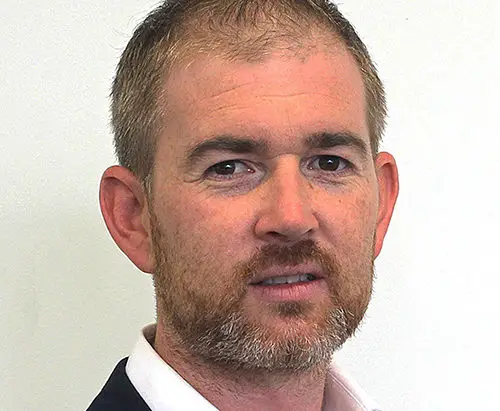A number of different co- management initiatives have been established in recent times, however in the world of resource management it’s the Statutory Acknowledgements framework that is likely to be encountered on an everyday basis.
Statutory Acknowledgements have arisen from a number of Treaty of Waitangi settlements around the country as part of cultural redress for Maori. They relate to specific areas of importance to a claimant group and affect processes under the Resource Management Act – including applications for resource consents and local authority responsibilities. They may apply to land, rivers, lakes, wetlands, landscape features or particular parts of the coastal marine area.
The purpose of Statutory Acknowledgements is to ensure:
- that a particular claimant group’s association with a certain significant area is identified, and that the relevant claimant group is informed when a proposal may affect one of these areas,
- and that consent authorities have regard to these Statutory Acknowledgements when identifying affected parties in relation to resource consent applications
Hawke’s Bay has over 70 Statutory Acknowledgement Areas across (7) iwi including Ngai Tāmanuhiri, Ngati Manawa, Ngati Whare, Ngati Pāhauwera, Rongowhakaata, Maungaharuru-TangitŪ Trust and Ngāti Hineuru. Most are located north of Bayview between the southern extents of Poverty Bay and Taupo.
Generally speaking, Councils must forward summaries of resource consent applications to the relevant iwi where activities will affect these areas and must also have regard to the Statutory Acknowledgement when forming an opinion as to whether the relevant iwi is an affected party.
Its therefore a matter being aware of this and identifying when a site or area in question is subject to a Statutory Acknowledgement in a similar manner as checking the District Plan for any waahi tapu sites or the New Zealand Heritage List/ Rārangi Kõrero for any significant and valued historical and cultural heritage places.
Best practice is to undertake this exercise as early as possible. It need not be considered an issue or potential barrier to a project. In fact it can enhance your understanding of a site or area and contribute to design outcomes. At the end of the day, the best position to be in when starting a new project is having knowledge across all aspects so that surprises and unexpected delay can be avoided.
From our experience it’s a matter of considering cultural values at the same level, or alongside what maybe more familiar matters such as geotechnical stability and engineering servicing in the case of a subdivision, or effects on allocation and ecological effects in the case of a surface water take.
Although this isn’t necessarily a new concept, the Statutory Acknowledgments framework brings a little more organisation and prescription to the matter. Councils, consultants and iwi groups will still need to establish new processes, and there will no doubt be a teething phase where understandings and expectations are not aligned. The purpose of the Statutory Acknowledgements framework is ‘a’ just, and respectful one however, and like any change, it will be a better and more fruitful experience if everyone works together and applies patience and a willingness to engage and learn in understanding different perspectives and transitioning to this new norm.



